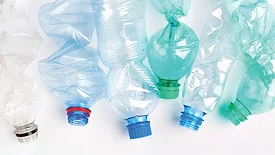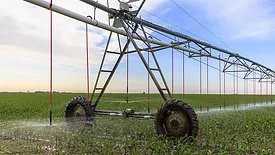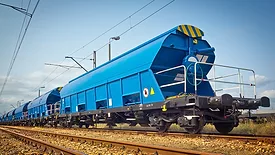Paint and Coating Resins & Polymers
Triple Resin Tech Simplifies High-Performance Coatings
The Architecture of Performance: A Technical Examination of a Triple Resin Coating System
Read More
Materials Informatics Platform Accelerates Product Development, Enabling Lean R&D
Unifying Raw Materials and Formulations Data as an Engine for Accelerated Innovation
Read More
Reimagining Architectural Paints with Plant-Based Acrylic Binders
A PCI Interview with Pratibha Mahale, Associate Research Scientist, Applications R&D, Dow Coating Materials
Read More
A Surge in Non-PFAS Releases
Is the Paint and Coatings Industry Ready for the Big Transition?
Read More
Keep the info flowing with our eNewsletters!
Get the latest industry updates tailored your way.
JOIN TODAY!Copyright ©2025. All Rights Reserved BNP Media.
Design, CMS, Hosting & Web Development :: ePublishing











